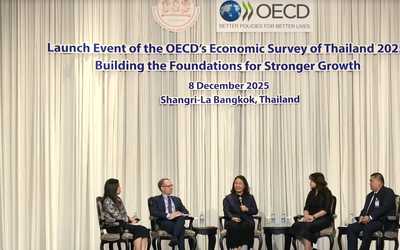On Worker and Firm Heterogeneity in Wages and Employment Mobility: Evidence from Danish Register Data
Abstract
In this paper, we develop a model of wage dynamics and employment mobility with unrestricted interactions between worker and firm unobserved characteristics in both wages and employment mobility. We adopt the finite mixture approach of Bonhomme et al. (2017). The model is estimated on Danish matched employer-employee data for the period 1985–2013. The estimation includes gender, education, age, tenure and time controls. We find significant sorting on wages and it is stable over the period. Sorting is established early in careers, increasing during the first decade after which it declines steadily. Job-to-job mobility displays a “mean-reverting” pattern that maintains correlations between worker and firm types to a stationary level. Counterfactuals demonstrate that sorting is primarily driven by two channels: First, a “preference” channel whereby higher wage workers are more likely to accept jobs in higher wage firms. Second, a job finding channel where the job destination distribution out of non-employment is stochastically increasing in the wage type of the worker.









